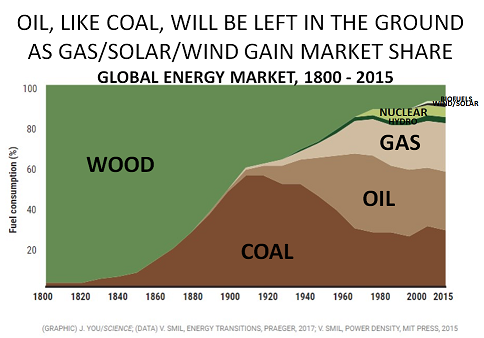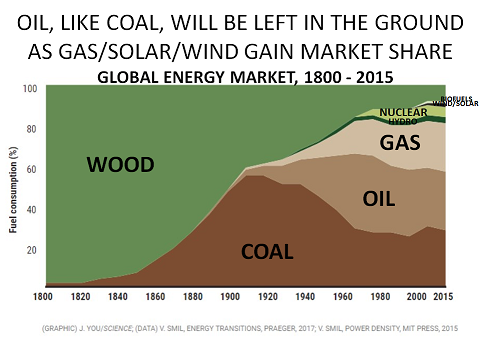
Good business strategies generally create good investments over the longer term. And so Aramco needs to ensure it has the best possible strategies, if it wants to maximise the outcome from its planned $2tn flotation. Unfortunately, the current oil price strategy seems more likely to damage its valuation, by being based on 3 questionable assumptions:
These are dangerous assumptions to make today, with the BabyBoomer-led SuperCycle fast receding into history.
After all, even in the SuperCycle, OPEC’s attempt in the early 1980s to hold the oil price at around today’s levels (in $2018) was a complete failure.So the odds on the policy working today are not very high, as Crown Prince Mohammed bin Salman (MbS) himself acknowledged 2 years ago, when launching his ambitious ‘Vision 2030:
“Within 20 years, we will be an economy that doesn’t depend mainly on oil.We don’t care about oil prices—$30 or $70, they are all the same to us. This battle is not my battle.”
As I noted here at the time, MbS’s bold plan for restructuring the economy included a welcome dose of reality:
“The government’s new Vision statement is based on the assumption of a $30/bbl oil price in 2030 – in line with the long-term historical average. And one key element of this policy is the flotation of 5% of Saudi Aramco, the world’s largest oil company. Estimates suggest it is worth at least $2tn, meaning that 5% will be worth $100bn. And as I suggested to the Wall Street Journal:
“The process of listing will completely change the character of the company and demand a new openness from its senior management“.













Leave A Comment